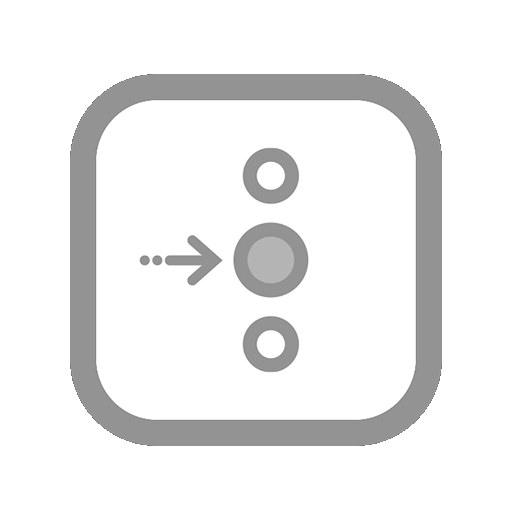- Wash hands.
- Reduces transmission of microorganisms.
- Organize equipment.
- Organizing equipment before beginning procedure enhances efficiency and patient safety.
- Explain procedure to patient.
- Ensures that patient is informed and decreases patient anxiety.
- Prepare humidifier: Add distilled water if needed or remove prefilled humidifier from package and screw enclosed spike cap to bottle.
- Delivers humidified oxygen to mucous membranes of airway.
- Connect humidifier.
- Controls flow of oxygen and connects humidification to oxygen delivery system.
- Turn oxygen flowmeter on until bubbling is noted in humidifier.
- Ensures connections are intact and that oxygen delivered will be humidified.
- Check order.
- Adjust flow of oxygen via flow meter.
- Regulates oxygen flow delivery.
- Put on gloves.
- Reduces transmission of microorganisms.
- Place collar around tracheostomy; adjust elastic band behind neck and tighten to fit.
- Ensures proper fit of trach collar.
- Position patient for comfort and ease of breathing with head of bed elevated.
- Facilitates lung expansion for adequate gas exchange.
- Evaluate patient's respirations and oxygen saturation.
- Determines adequacy of oxygen-delivery system for patient.
- Wash hands.
- Reduces transmission of microorganisms.
- Organize equipment.
- Organizing equipment before beginning procedure enhances efficiency and patient safety.
- Explain procedure to patient.
- Ensures that patient is informed, and decreases patient anxiety.
- Prepare humidifier: Add distilled water if needed or remove prefilled humidifier from package and screw enclosed spike cap to bottle.
- Delivers humidified oxygen to mucous membranes of airway.
- Connect humidifier to flowmeter and connect humidifier to tubing attached to T-piece.
- Controls flow of oxygen and connects humidification to oxygen delivery system.
- Turn oxygen flowmeter on until bubbling is noted in humidifier.
- Ensures connections are intact and that oxygen delivered will be humidified.
- Check order.
- Adjust flow of oxygen via flowmeter.
- Regulates oxygen flow delivery.
- Put on gloves.
- Reduces transmission of microorganisms.
- Place T-piece on end of tracheostomy or endotracheal tube.
- Ensures proper fit of T-piece.
- Place condensation tubing and reservoir bag dependently (lower than the patient) to allow adequate collection of fluid within drainage bag, which is periodically emptied.
- Allows collection of fluid in drainage bag away from patient's airway.
- Position patient for comfort and ease of breathing with head of bed elevated.
- Facilitates lung expansion for adequate gas exchange.
- Evaluate patient's respirations and oxygen saturation.
- Determines adequacy of oxygen-delivery system for patient.
- Wash hands.
- Reduces transmission of microorganisms.
- Equipment.
- Organizing equipment before beginning procedure enhances efficiency and patient safety.
- Explain procedure to patient.
- Ensures that patient is informed and decreases patient anxiety.
- Put on gloves.
- Reduces transmission of microorganisms.
- Attach ventilator circuit to tracheostomy, endotracheal tube, or nasotracheal tube, and ensure adequate seal.
- Ensures adequate attachment for the delivery of oxygen.
- Ventilator will be set by respiratory therapy. Monitor settings and patient's response.
- Ensures appropriate settings for the delivery of oxygen.
- Secure tubing to allow turning of patient's head without disconnection.
- Provides continuous oxygen delivery and guards against disconnection.
- Position patient for comfort and ease of breathing with head of bed elevated.
- Facilitates lung expansion for adequate gas exchange.
- Evaluate patient's respirations and oxygen saturation.
- Determines adequacy of oxygen delivery system for patient.
